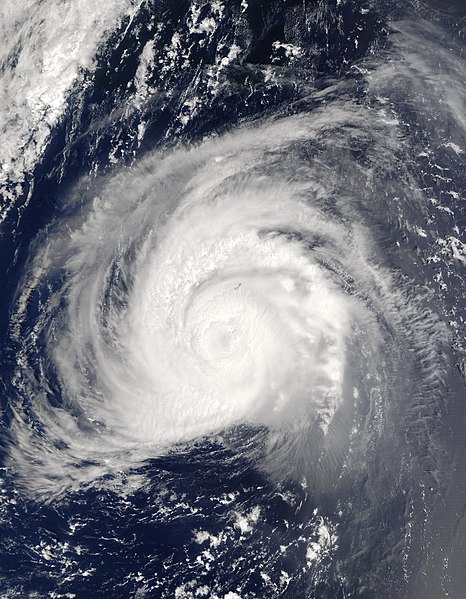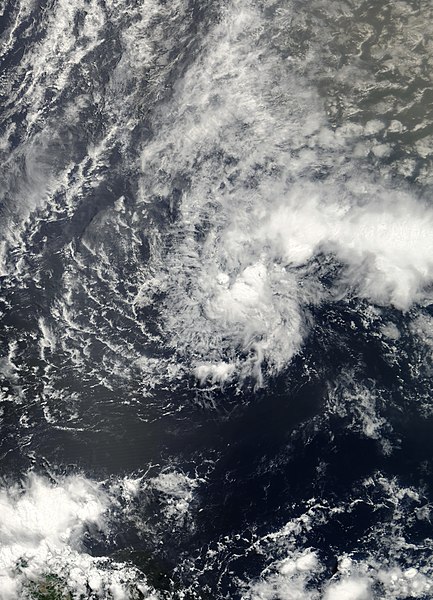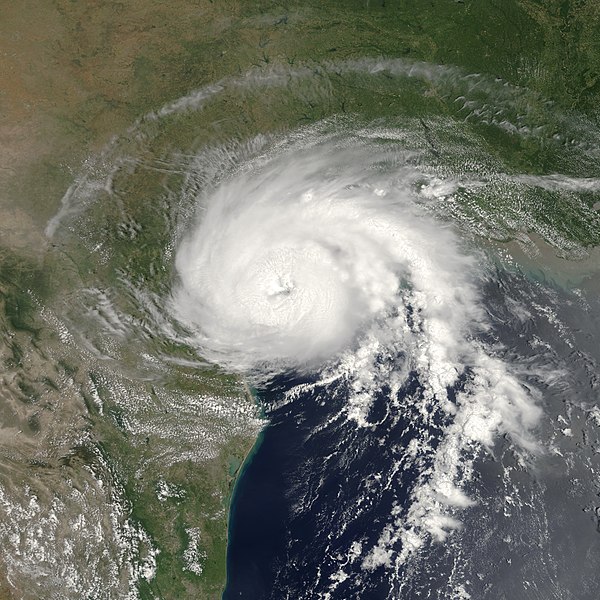Hurricane Fabian was a powerful Cape Verde hurricane that impacted Bermuda in early September during the 2003 Atlantic hurricane season. It was the sixth named storm, fourth hurricane, and first major hurricane of the season, developed from a tropical wave in the tropical Atlantic Ocean on August 25. It moved west-northwestward under the influence of the subtropical ridge to its north, and steadily strengthened in an area of warm sea surface temperatures and light wind shear. The hurricane attained a peak intensity of 145 mph (233 km/h) on September 1, and it slowly weakened as it turned northward. On September 5, Fabian made a direct hit on Bermuda with wind speeds of over 120 mph (190 km/h). After passing the island, the hurricane turned to the northeast, and became extratropical on September 8, before dissipating two days later.
Fabian at peak intensity on September 1
Hurricane Fabian south of Bermuda on September 5
Hurricane Fabian over Bermuda late on September 5
A house at John Smith's Bay during the approach of the storm
2003 Atlantic hurricane season
The 2003 Atlantic hurricane season was a very active season with tropical cyclogenesis occurring before and after the official bounds of the season—the first such occurrence since the 1970 season. The season produced 21 tropical cyclones, of which 16 developed into named storms; seven of those attained hurricane status, of which three reached major hurricane status. The strongest hurricane of the season was Hurricane Isabel, which reached Category 5 status on the Saffir–Simpson hurricane scale northeast of the Lesser Antilles; Isabel later struck North Carolina as a Category 2 hurricane, causing $3.6 billion in damage and a total of 51 deaths across the Mid-Atlantic region of the United States.
2003 Atlantic hurricane season
2003 Atlantic hurricane season
2003 Atlantic hurricane season
2003 Atlantic hurricane season








